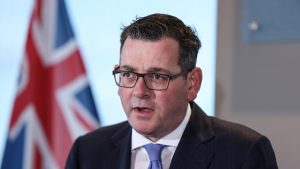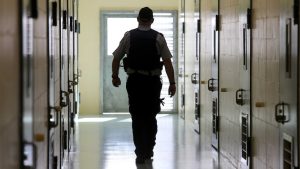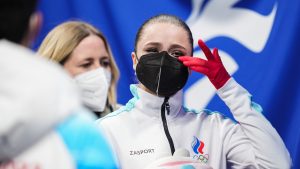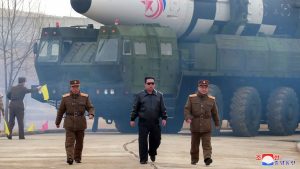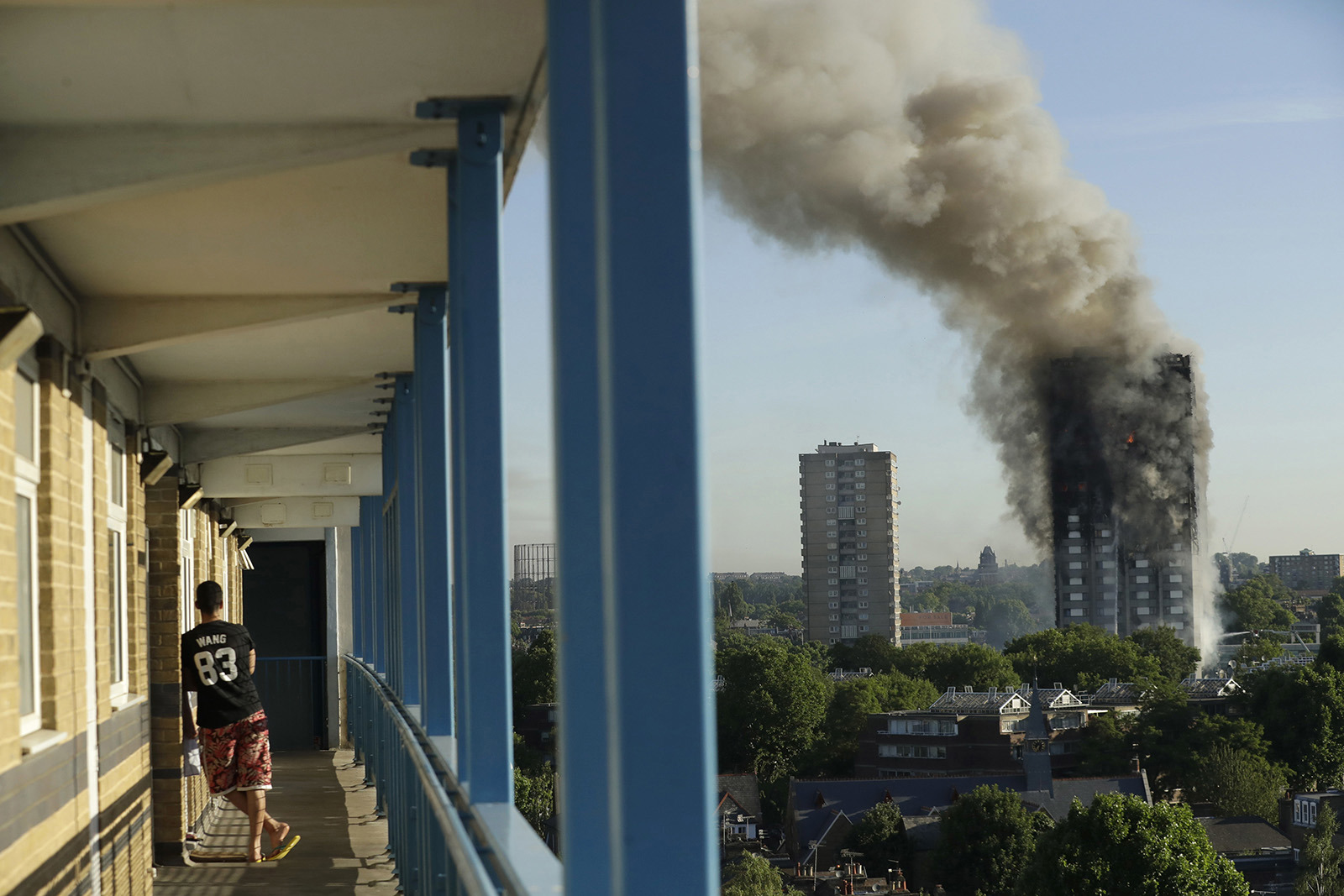
A damning report on a deadly London high-rise fire says decades of failures by government, regulators and industry turned Grenfell Tower into a “death trap” where 72 people lost their lives.
The years-long public inquiry into the 2017 blaze, the deadliest fire on British soil since World War II, concluded that there was no “single cause” of the tragedy.
It said residents were let down by dishonest companies, weak or incompetent regulators and complacent government.
READ MORE: ‘Dead men don’t talk’ – but one mother is making her son’s voice heard
It said “many failings of a wide range of institutions, entities and individuals” led to the fire.
The report comes seven years after an exhaustive public inquiry into the lapses and mistakes that turned a small fire in an apartment kitchen into the deadly blaze.
Inquiry chairperson Martin Moore-Bick, a retired judge, delivered the findings on Wednesday from a six-year investigation that examined how building flaws, lax enforcement of safety standards and mistakes by emergency responders contributed to the shocking death toll in the Grenfell Tower blaze.
The final report may give survivors some of the answers they have long sought — though not prosecutions for those responsible.
READ MORE: Higgins ‘mocked’ Reynolds after hospitalisation, senator’s lawyer claims
Criminal charges are on hold until after the inquiry concludes.
Sandra Ruiz, whose 12-year-old niece, Jessica Urbano Ramirez, died in the fire, said that “for me, there’s no justice without people going behind bars”.
“Our lives were shattered on that night. People need to be held accountable,” she said.
“People who have made decisions putting profit above people’s safety need to be behind bars.”
The fire broke out in the early hours of June 14, 2017, in a fourth-floor apartment and spread up the 25-storey building like a lit fuse, fuelled by flammable cladding panels on the tower’s exterior walls.
The tragedy horrified the nation and raised questions about lax safety regulations and other failings by officials and businesses that contributed to so many deaths.
It also prompted soul-searching about inequality in Britain.
Grenfell was a public housing building set in one of London’s richest neighbourhoods — a stones’ throw from the pricey boutiques and elegant houses of Notting Hill — and many victims were working-class people with immigrant roots.
The victims came from 23 countries and included taxi drivers and architects, a poet, an acclaimed young artist, retirees and 18 children.
The inquiry, announced by the government the morning after the blaze, has held more than 300 public hearings and examined around 1600 witness statements.
READ MORE: Melbourne fisherman cops $20,000 fine after illegally caught haul of golden perch
An initial report published in 2019, looking at what happened the night of the fire, criticised the fire department for telling residents to stay in their apartments and await rescue.
The advice was changed almost two hours after the fire broke out, too late for many on the upper floors to escape.
Moore-Bick said the final report on Wednesday would examine the “decisions which led to the installation of a highly combustible cladding system on a high-rise residential building.”
Grenfell Tower had been covered during a refurbishment with aluminium and polyethylene cladding — a layer of foam insulation topped by two sheets of aluminium sandwiched around a layer of polyethylene, a combustible plastic polymer that melts and drips on exposure to heat.
In the wake of the fire, the UK government banned metal composite cladding panels for all new buildings and ordered similar combustible cladding to be removed from hundreds of tower blocks across the country.
But it’s an expensive job and the work hasn’t been carried out on some apartment buildings because of wrangling over who should pay.
The lead lawyer to the inquiry, Richard Millett, has said organisations, including the companies that made the cladding, the contractor in charge of refurbishing the building and the local government, had engaged in a “merry-go-round of buck-passing” as they sought to blame others for the fire.
READ MORE: How paying with your face could become a reality at Aussie retailers
The ruined tower, which stood for months after the fire like a black tombstone on the west London skyline, still stands, now covered in white sheeting.
A green heart and the words “Grenfell forever in our hearts” are emblazoned at the top.
Survivors and bereaved families worry the report may spread blame too widely to see anyone punished.
Police are investigating dozens of individuals and companies and considering charges, including corporate and individual manslaughter.
But they say any prosecutions must wait for the inquiry’s end and are unlikely to come before late 2026.
“We were denied justice for seven years and now told there will be several more years,” the Grenfell Next of Kin group said in a statement.
“Our realistic concern is that the ‘web of blame’ presented through the Inquiry will be a barrier to our justice.”
Watch every moment, every medal of the Paralympic Games Paris 2024 live and free on Channel 9, 9Gem and 9Now. Plus, every event streaming ad free, live and on demand with 4K on Stan Sport.
links to content on ABC
9News

